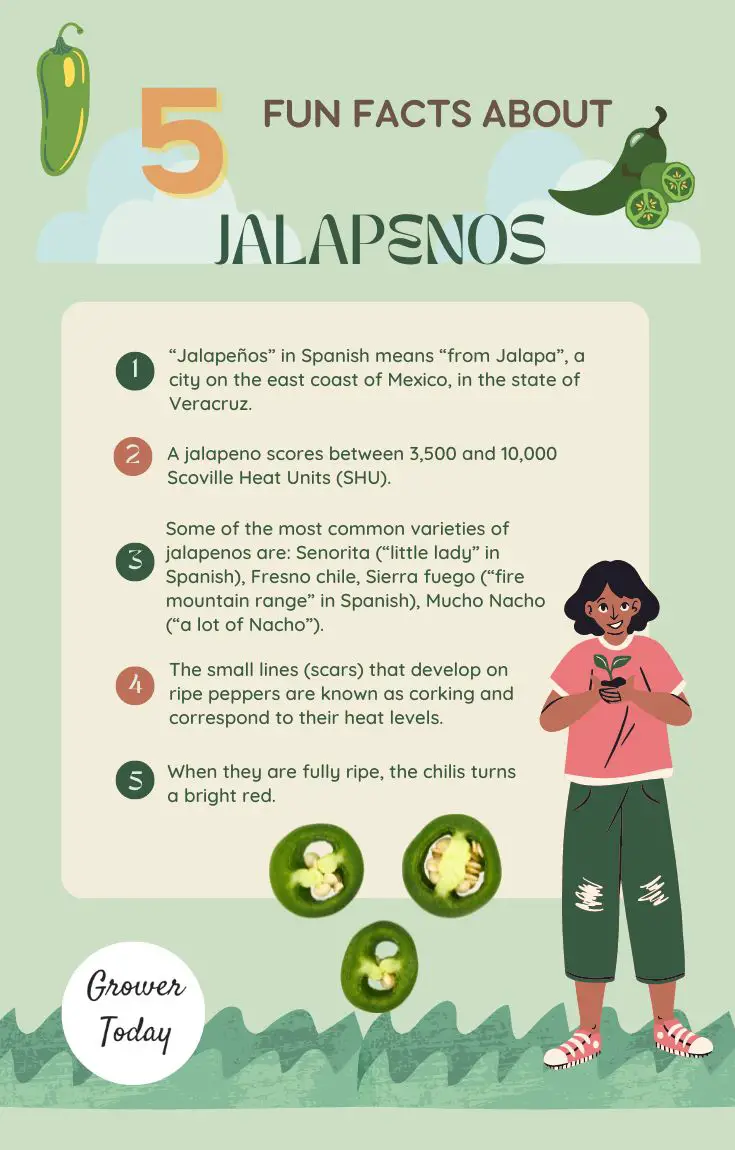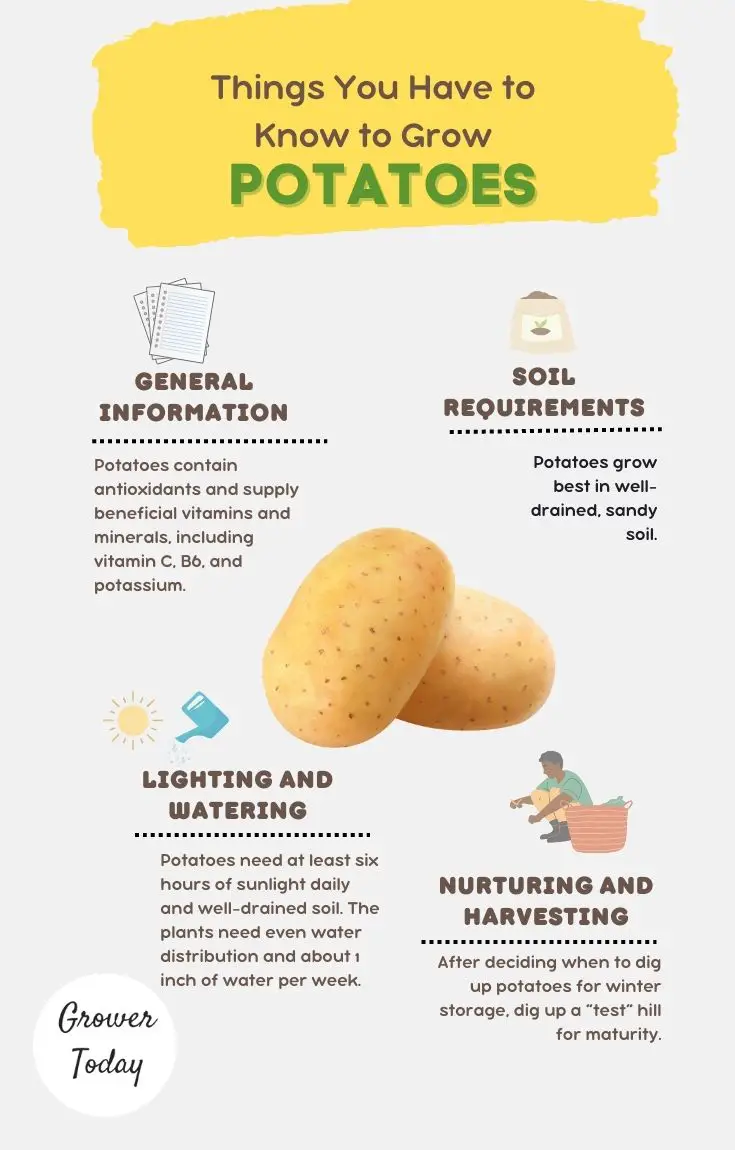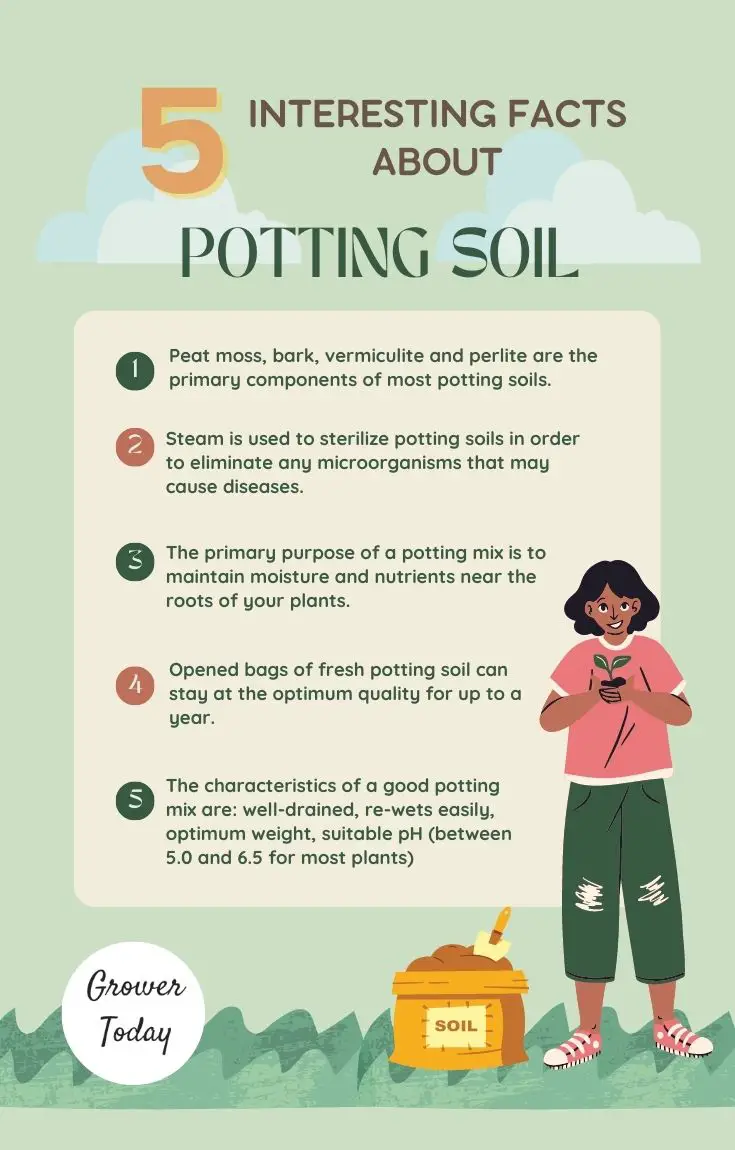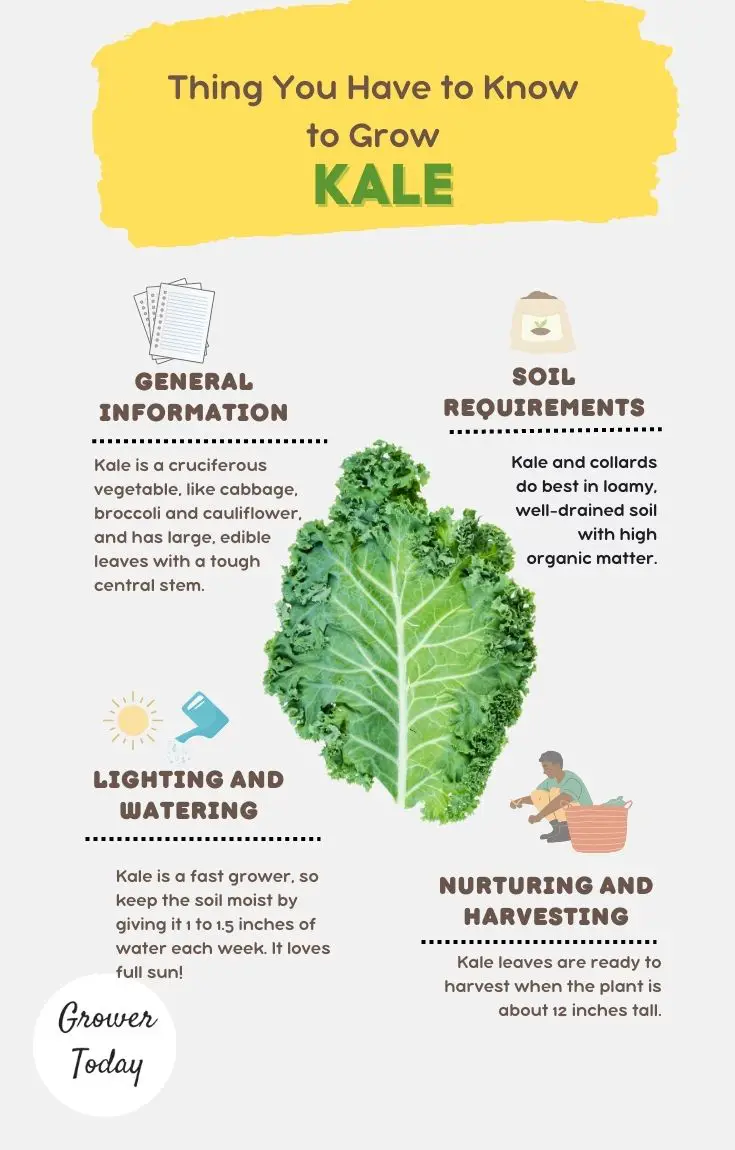Do you like a bit of heat if your food? That zang when you bite into your meal. If this is you, you may want to know when to pick jalapenos so you can get the ideal flavor and heat level that you want.
Jalapeno peppers are extremely easy to grow and if you enjoy them, you can grow them at home regardless of the amount of space that you have. Let’s keep reading to find out more.
What Are Jalapeno Peppers?
Jalapeno is a medium-sized chili pepper cultivar belonging to the species Capsicum annuum. These peppers grow fairly slowly and because of this, it can be quite tough to tell when they are ready for harvest.
The peppers are a summer favorite for gardeners everywhere. They add some spice to dishes without the overwhelming heat that some peppers have. Give them a good amount of heat and sunlight and they will grow happily and produce a pepper with a lovely mild taste that can be used in many dishes such as salsas, stir-fries, and nachos and to make the sauce.
Jalapenos can easily be grown in containers and on the ground. So even if you don’t have a lot of garden space, you can still be able to grow and enjoy these peppers at home.
Jalapeno plants produce a large yield of dozens of glossy green fruits that are easy to grow if provided with the right growing conditions.
On the Scoville scale, which is the measure of the hotness or spiciness of peppers, they are in the range from 2500 to 8000 and are considered mildly hot. The compound capsaicin gives hot peppers their heat. When jalapenos are fully ripe and have a red color, the level of capsaicin is higher and results in the peppers being hotter than when they are still green.
Harvesting Jalapenos
Harvesting jalapenos is an easy process. If you follow the guidelines that will be provided in this article, you can confidently harvest them right.
Continual harvest of peppers is good for them and will encourage the plant to keep producing more. Therefore, it is impossible to use up peppers by picking them often. As long as you harvest them, they will keep blossoming and producing more peppers.
On the other hand, if you leave the peppers too long on the plant, your red jalapenos will start to rot or will not last very long after you pick them.
No matter the color of your papers when you pick them, always pick them before the frost falls. Peppers are a summer crop and are therefore very sensitive to cold weather. They may suffer frost damage if the temperature falls below 40 degrees Fahrenheit.
If you are not quite prepared to harvest your peppers or they are not quite ready as the cold weather approaches, you can cover the entire plant with fleece covers. This way you might be able to save the peppers from damage.
How Do I Know When My Jalapenos Are Ready to Pick?
When it comes to harvesting jalapenos, when do you know or decide when your peppers are ready to pick? You pick your jalapenos when they are the right color depending on the level of heat you want.
Jalapenos turn red as they mature, and as they mature their level of heat increases. Most people prefer to harvest their jalapenos when the fruits are dark green and only have mild heat.
If you are unsure that your green jalapenos are ready for harvest, check their appearance. They should be picked when they are about 3-5″ in size, and feel firm to the touch.
How to Tell When Jalapenos Are Ripe
Telling when jalapenos are ripe can be tricky because they are usually harvested off the same branch and start in. And if you grow them at home, you may have a different variety to the ones you find at the store so they may look different.
When you plant your own jalapenos at home, start harvesting them when they are about 5 to 6 months old. After this period, the peppers should be at least 3-5 inches long. They are then ripe and ready to harvest. The exact length of the pepper will depend on the variety you are growing, as well as the growing conditions that you have provided for them.
If your plants are grown in an area that does not receive a lot of sunlight, they may be smaller and take longer to mature. Regardless of size, mature peppers are deep green or red, as soon as they get these colors, they are ripe and ready to pick.
How to Harvest Jalapenos – Simple Guide
Once you have ascertained that your peppers are ready to harvest, you need to do it properly so that your plants keep producing fruit. Here are the steps you need to follow;
1. Locate the peppers that have your desired heat level
Green jalapenos will have a mild flavor. The lighter the shade of green, the milder the pepper is likely to be. As the peppers mature and get a red color, they get hotter. The redder they are, the more heat they will have.
2. Hold the branch that has the jalapenos you want to harvest
This is so that you can support the stem while plucking the peppers so that it does not break.
3. Cut off the pepper
With your free hand, use a pair of sharp running shears or garden scissors to cut off the pepper at the base where it attaches to the main stem. While doing this, do not give in to the urge to tug on twits the peppers of the plant even if they give you a hard time. This may end up leading to damage to your plant.
When to Harvest Jalapenos
Knowing when to pick jalapenos off the plant is important to get a good harvest. Jalapenos take anywhere between 70 and 85 days to mature, from the day they are transplanted outside. At this stage, they should have a firm texture, have dark green pods, and be 3-4 inches long.
If you are looking for mild heat from your peppers, pick the younger green ones off the plant. The younger ones will have a light green color and will not have any corking, which is the appearance of little stretch marks on the body of the jalapeno.
When jalapeno peppers grow fast, the skin has to stretch quickly and this results in the pepper having little lines or striations on them. When you see these marks on the pepper, that is a clear indication that it is ready to pick and healthy.
Different jalapenos have different levels of heat. If you prefer mild to no heat, the best varieties to go for are the Mammoth Jalapeno, TAM Jalapeno pepper, or the heatless Coolapeño pepper. You can get seeds for many of these varieties on the Etsy online marketplace.
Can You Ripen Jalapenos Indoors?
If you can not wait for your jalapeno peppers to mature while still on the plant, or if a branch with some peppers that have not ripened breaks off, you can harvest them indoors.
Jalapenos can be ripened off the vine. This process can take period of a couple of days to a few weeks. The speed with which this happens will depend on various conditions such as the ambient temperature in which they are kept, as well as whether the peppers themselves have started changing color.
Jalapenos, just like other peppers can ripen indoors, on a windowsill or countertop. The ideal temperature to get this to happen is at least 70 degrees Fahrenheit for quick results.
If the peppers are at the end of the growing season, you can cut off branches with immature jalapeno peppers and hang them upside down indoors, or stick them in water to speed up the ripening process.
Keep in mind however that after your peppers have been harvested, they will no longer grow in size. They will only ripen but remain the same in size.
How to Preserve Jalapenos
Depending on the size of your harvest, as well as how long you would like to store your jalapenos, there are various methods that you can use to preserve them. These are;
- Refrigeration: If you plan to consume your jalapenos in about two weeks, you can store your peppers in a ziploc bag and store them in the vegetable drawer of your fridge. Make sure that both the peppers and storage bag are completely dry before you store them
- Freezing: You can store jalapenos in the freezer for up to eight months. Before freezing, wash and dry them carefully and store them whole in freezer bags. You can use your frozen peppers in stews, soups, and other dishes. You will obviously have to thaw them out before doing so, and they may lose a bit of crunch from when they are fresh. Just keep them in mind. If, for whatever reason, your frozen peppers start to turn black before you consume them, toss them away as they may no longer be suitable to eat.
- Food dehydrator: dehydrated jalapeno peppers can be stored for up to a year. To prepare them, thoroughly wash and dry them with a dry towel or let them air dry. Cut your washed peppers into even pieces. Ly them on a flat tray and make sure that they do not overlap so that they can dry properly. Dehydrate your peppers at 125 degrees Fahrenheit for 6 to 12 hours. You will see that your peppers are completely dry when they become leathery (if you want to rehydrate later), or when they get brittle (if you want to grind them into powder). Store your dehydrated peppers in sealable containers and keep the, away from the sun.
- Pickling: Some gardeners prefer to pick their jalapeno peppers early. Green jalapenos are crispy and crunchy and are great for pickling. So if you want to pickle your peppers, pick them when they are still young and green, and you can keep them for as long as you like.
When you harvest your peppers for storage in whichever method you prefer, yous should also consider saving some seeds for the next planting season. This will save you money and the trouble of having to look for new seeds or seedlings.
Another advantage of growing jalapenos from your own seeds is that those peppers will be better adapted to your growing environment, and will have a higher chance of survival and production with each passing growth season.
Conclusion – When to Pick Jalapenos
Jalapenos are an extremely easy crop to grow. You can grow them both indoors and outdoors, as long as you can provide ideal growing conditions for them, they will grow beautifully and successfully.
Harvesting jalapenos is an important factor in their growth and getting a successful harvest. Knowing when and how to harvest your peppers is absolutely crucial if you want your plant to keep producing. Knowing what indicators to look out for, that show that your peppers are ready for harvest will determine the quality of your crop, as well as how long your plant will keep growing.
If you like a mild eat on your peppers, harvest them while they are still young and green in color. If you love hot peppers, wait for your peppers to turn red because at thing stage they will have a lot of heat.
Pick your jalapenos often so that they can keep producing more fruit for you to enjoy. Do not worry about any possibility of having too much fruit, because you can always store your peppers for as long as you with with the different methods provided in this article.
Never wait for all your peppers to ripen before harvesting them, as this will slow down the growth and productivity of the plant. Keep harvesting for it to keep growing. You cannot out-pick the plant.
We hope you found all the information, tips and tricks pin this article useful, and you will not confidently grow and harvest your jalapenos knowing that you are doing it right.
Happy growing!





